Nearly one hundred years ago, 75-year-old Marvin Clark left his home in Tigard, Oregon, to visit his daughter in Portland and vanished, igniting what would become the oldest active missing person case in the United States.
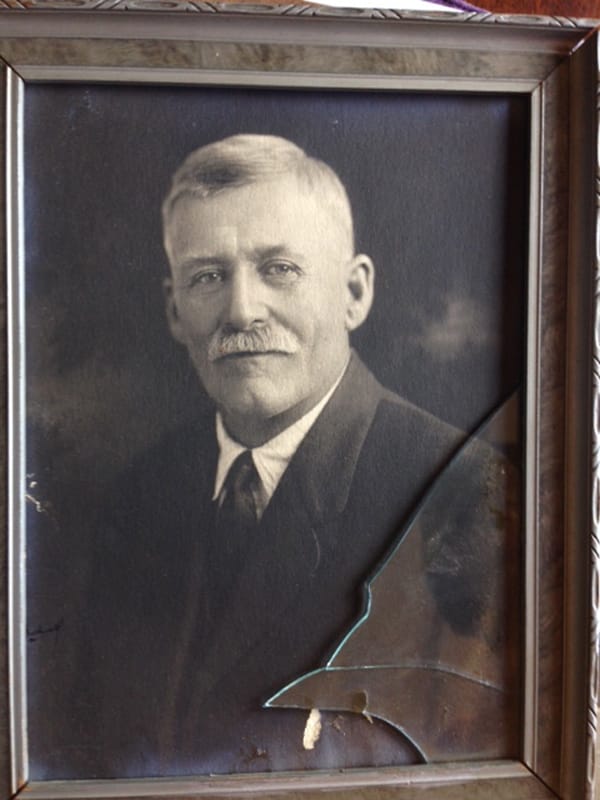

In a part of the country where communication was limited and forensic science was still decades away from the technological advancements we see today, Clark’s disappearance transformed into an unsolved true crime story that has captivated historians, crime enthusiasts, and professional detectives for nearly a century.
Who Was Marvin Clark?
Not many records exist about who Marvin Alvin Clark was. He was born around 1852 in Marion County, Iowa and was described as a very educated person, having completed degrees at two separate colleges.
Around 1910, Marvin relocated to Oregon with his wife, Mary. They raised a family of four children, among whom was a daughter named Sidney. Public records from 1910 indicate that Marvin lived around the area of Holbrook.
He became a recognizable member of the community, eventually serving as the marshall of Linnton, which would later evolve into the present-day city of Portland.
The Day Marvin Vanished
Fast-forward a few years, and Marvin Clark is now 75 years old and living in the rural suburb of Tigard, Oregon. On the day of October 30, 1926, Marvin was planning for a trip into Partland to visit his daughter Sidney, a journey he had made several times before.
This is where the record gets a little confusing. Some sources claim that he took a bus that morning, a trip that would have taken about a half hour. However, other sources say that he took a stagecoach, a good 3 to 4 hour journey.
Whatever mode of transportation Marvin took, he never showed up to his daughter’s house.
The disappearance of Marvin Clark triggered an immediate search effort by his daughter, neighbors, and the local authorities. Searchers retraced his route from Tigard to Portland, combing the woods and mountains, hoping to find any clues that might point to Clark’s whereabouts.
They also contacted establishments along the route to see if anyone had seen or talked with him. But in the end, they all came up empty-handed. It was like Marvin Clark vanished off the face of the Earth.
The search for Marvin Clark was hindered by the technological and logistical limitations of the era. Foremost among these obstacles was the limited communication infrastructure available at the time. Tigard, Oregon in the 1920s was a town that was straddling the line between the past and the future.
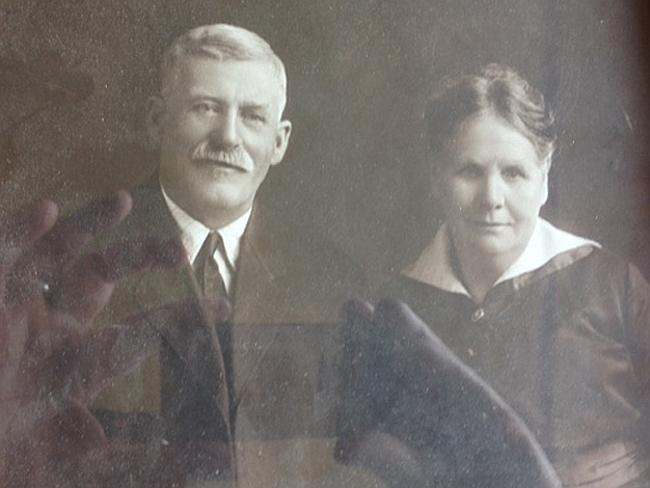
While most cities in the east had transitioned to running water, electricity, and the brand new automobile, the Pacific Northwest was still playing catch up. Most of the roads leading out of town were dirt and had no street lamps, making intercity travel at night very dangerous.
With no widespread access to telephones or other means of rapid communication, coordinating search efforts and sharing information posed considerable difficulties.
Forensic science was in its infancy in 1920s America, with few tools and techniques available at the time. The rugged terrain and remoteness of the area made search efforts even more difficult.
The limited number of automobiles available at the time hampered their ability to search a wide area or communicate rapidly with neighboring communities.
As a result, authorities and volunteers had to rely solely on physical evidence and eyewitness accounts. The absence of concrete clues or any evidence at all confounded authorities. Marvin’s trail seemed to vanish without a trace, leaving no indication of his whereabouts.
The Case Goes Cold
As time marched on, the case of Marvin Clark gradually faded from the public eye.
Despite periodic bursts of renewed interest and sporadic tips from the public here and there, the passage of time only served to deepen the unsolved mystery further.
With each passing year, the likelihood of a breakthrough dwindled, and the once-promising leads grew increasingly cold. Decades turned into generations, and the memory of Marvin Clark’s disappearance faded into obscurity.
The case was forgotten until 60 years later, in 1986, when a skeleton was discovered by loggers in the area where Marvin vanished. Investigators sifted through the remains for any clues that might shed light on the identity of the man and the circumstances surrounding his death.
Despite being exposed to the elements for six decades, the skeleton yielded several clues that sparked renewed interest in the case. Personal belongings found alongside the skeleton, including an 1888 Liberty Head nickel, a 1919 penny, a pocket watch, and a Fraternal Order of Eagles pocket knife, along with a .38 caliber revolver and one spent bullet casing.
Examination of the skeleton revealed a single gunshot wound to the head, raising more questions than answers.
While the clothing and coins found on the body point to a man who lived during the same era as Marvin, without identification or DNA evidence directly connecting the remains to Marvin Clark, investigators could not conclusively link the two.
Theories And Speculations
Over the years, numerous theories and speculations have emerged regarding the disappearance of Marvin Clark.
One theory suggests that Marvin may have encountered trouble during his journey to visit his daughter in Portland. Speculation abounds regarding potential motives and suspects, ranging from highwaymen to personal vendettas, yet concrete evidence to support these claims remains elusive.
Another theory says that Marvin may have met with an accident or encountered unforeseen dangers during his travels. The rugged terrain and remote wilderness surrounding Tigard make traveling alone especially dangerous, from treacherous cliffs to wild animals.
This has led some to speculate that Marvin may have perished somewhere in the Oregon wilderness.
Additionally, there are those who believe that Marvin may have intentionally disappeared, seeking to start a new life or escape from perceived troubles.
The only evidence for this theory is a claim by Clark’s wife, Mary, that she received a postcard from Marvin that was postmarked in Bellingham.
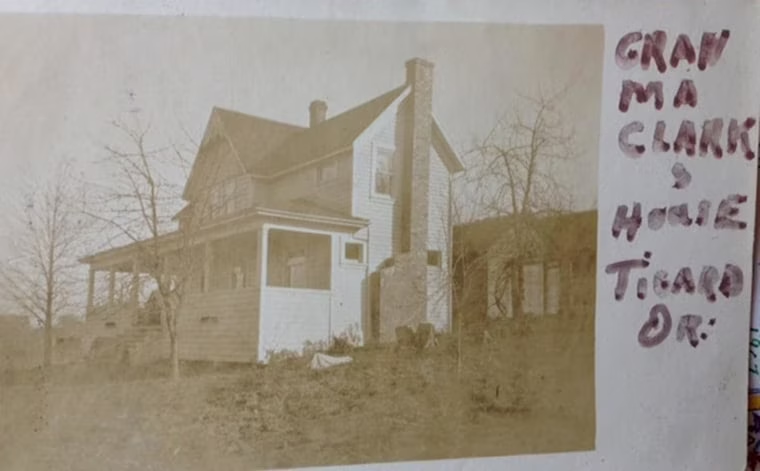
There were also witnesses who claimed they saw Clark at two different hotels in the area on November 2 and 3.
Still, the most compelling evidence to date is the discovery of John Doe in 1989. Forensic analysis of the skeletal remains, along with personal items discovered in close proximity, provides compelling clues that suggest a potential connection to Marvin Clark.
The advanced age and physical characteristics of the individual, consistent with Marvin’s profile, raise the possibility that John Doe may indeed be Marvin Clark.
Impact On Missing Person Investigations
The disappearance of Marvin Clark may have turned up empty handed, but it did lead to a host of improvements in the methods law enforcement use to conduct missing person investigations.
The case brought to light the critical need for advancements in communication, record-keeping, and coordination between other law enforcement agencies.
As the years passed, the lessons learned from cold cases like Marvin Clark’s have led to the development of more sophisticated methods of tracking and investigating missing persons.
These include the use of databases to share information across jurisdictions, advancements in forensic science to analyze physical evidence, and the implementation of alert systems to quickly distribute information about missing individuals to the public.
The Case Today
As of today, the case of Marvin Clark remains the oldest unsolved missing persons case in the United States. Despite the century that has passed, interest in Marvin’s story has not been lost.
Historians and professional detectives occasionally revisit the case in the hope of uncovering new information or applying modern forensic techniques to existing evidence. The rise of Historical true crime podcasts has also kept the case alive for a new generation of enthusiasts to explore and speculate.
With new advancements in forensic technology, researchers hope to match Marvin’s DNA with other missing persons of the era.
The digitization of historical records and newspapers has made it easier for researchers and armchair crime enthusiasts to comb through old leads and witness accounts that may have been overlooked or forgotten.
In 2018, a potential breakthrough came when the great-great-granddaughter of Marvin Clark provided DNA samples to be checked against those of the John Doe skeleton from 1989. The samples were tested by the University of North Texas, but unfortunately, they were not a match.
Marvin Clark’s disappearance remains a haunting reminder that despite our best efforts and the leaps forward in forensic science, not all crimes get solved, leaving some stories forever shrouded in the fog of unsolved mysteries.
Sources
https://www.oregonlive.com/portland/2014/04/case_of_oregon_mystery_bones_f.html
https://murdermurder.news/news/the-disappearance-of-marvin-clark-96-years-later
https://medium.com/crimebeat/who-is-behind-americas-oldest-active-missing-person-case-73e36062744b









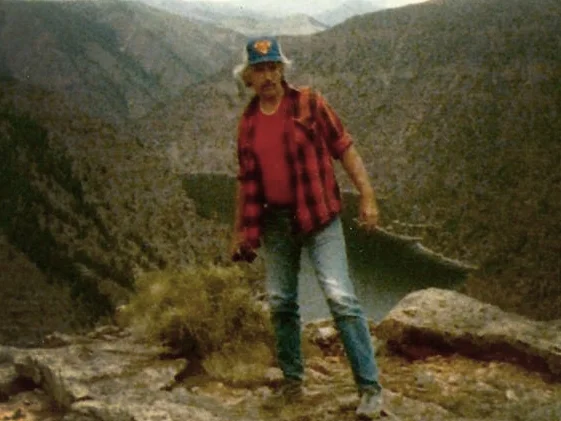
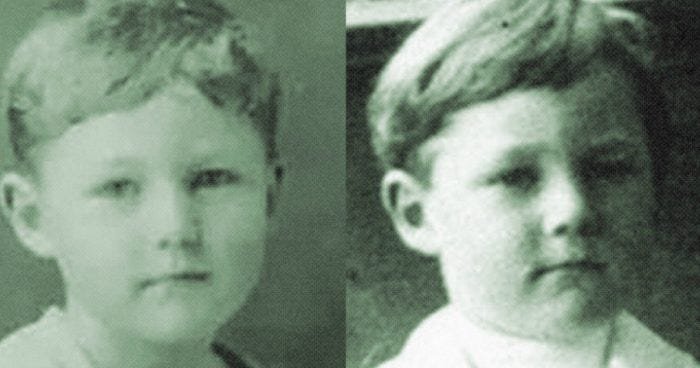

Leave a comment